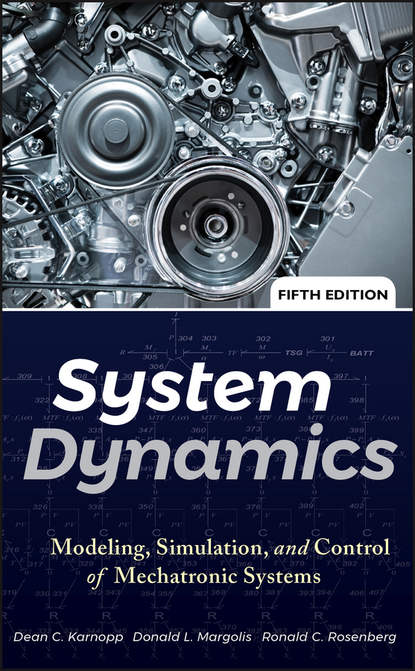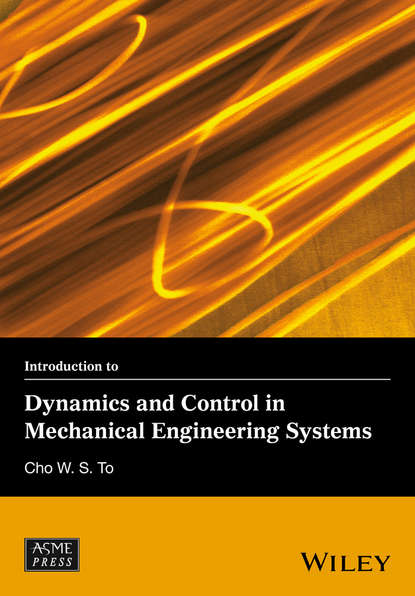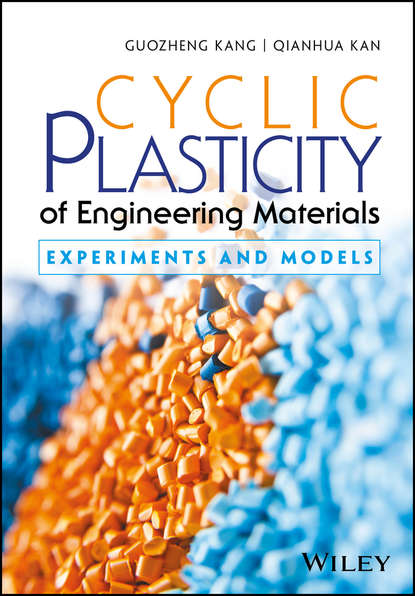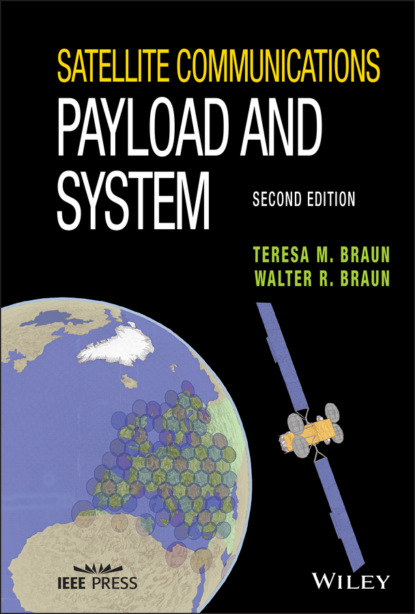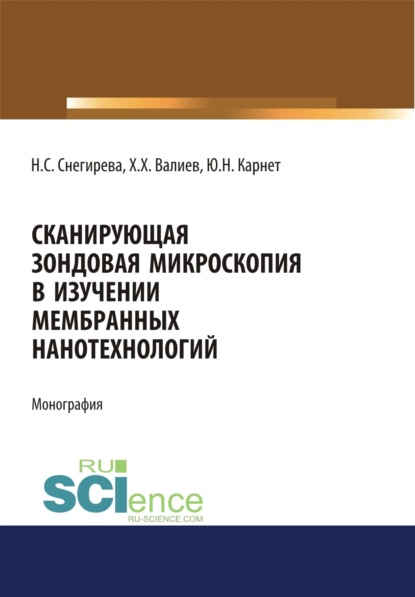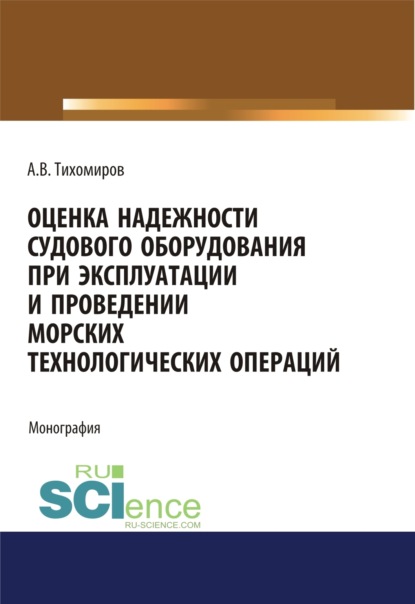Книга "Wide Band Gap Semiconductor Nanowires 1" посвящена изучению нанопроводов из полупроводниковых материалов, таких как GaN и ZnO. Авторы книги описывают различные методы получения этих материалов, начиная от физического осаждения из паров до мокрохимических методов, используемых для создания оптических устройств. В книге подробно рассматриваются сходства и различия между материалами GaN и ZnO, а также возможности и ограничения использования нанопроводов в оптических устройствах. Особое внимание уделено механизмам ядерной и ростовой стадий при производстве нанопроводов из ZnO и GaN с использованием различных химических и физических методов. В заключение, авторы описывают создание гетероструктур нанопроводов,
Wide Band-Gap Semiconductor Nanowire 1 Авторы: группа авторов Группа эта состоит из исследователей из разных стран в области нанотехнологий и посвящена синнанопроводам (символ «SN» — это digital research) из стронциево-оловянного оксида (ZnO) и галлий-нитрида (GaN), а также описанию неуспешных попыток создать оптические устройства с помощью наноструктур на их базе. The two vast chapters dealing with NW growth allow verification of insights into field directly by experimental work. Beforehand, readers are conducted to fundamentals of WGSS CNs and their applications. Yes, there’s absolutely no excuse for ignoring this book if you’d like to dive into semiconductor nanomaterials world. I obtained my copy during my lecturing round at Royal Melbourne Institute of Technology (RMIT) — the same where Professor Ng in the affiliated school happening to champion importantly for everyone's art of talking about things selecting topic is estimated on its own significance for science and engineering progress of Western Australia.
Электронная Книга «Wide Band Gap Semiconductor Nanowires 1» написана автором Группа авторов в году.
Минимальный возраст читателя: 0
Язык: Английский
ISBN: 9781118984314
Описание книги от Группа авторов
GaN and ZnO nanowires can by grown using a wide variety of methods from physical vapor deposition to wet chemistry for optical devices. This book starts by presenting the similarities and differences between GaN and ZnO materials, as well as the assets and current limitations of nanowires for their use in optical devices, including feasibility and perspectives. It then focuses on the nucleation and growth mechanisms of ZnO and GaN nanowires, grown by various chemical and physical methods. Finally, it describes the formation of nanowire heterostructures applied to optical devices.



